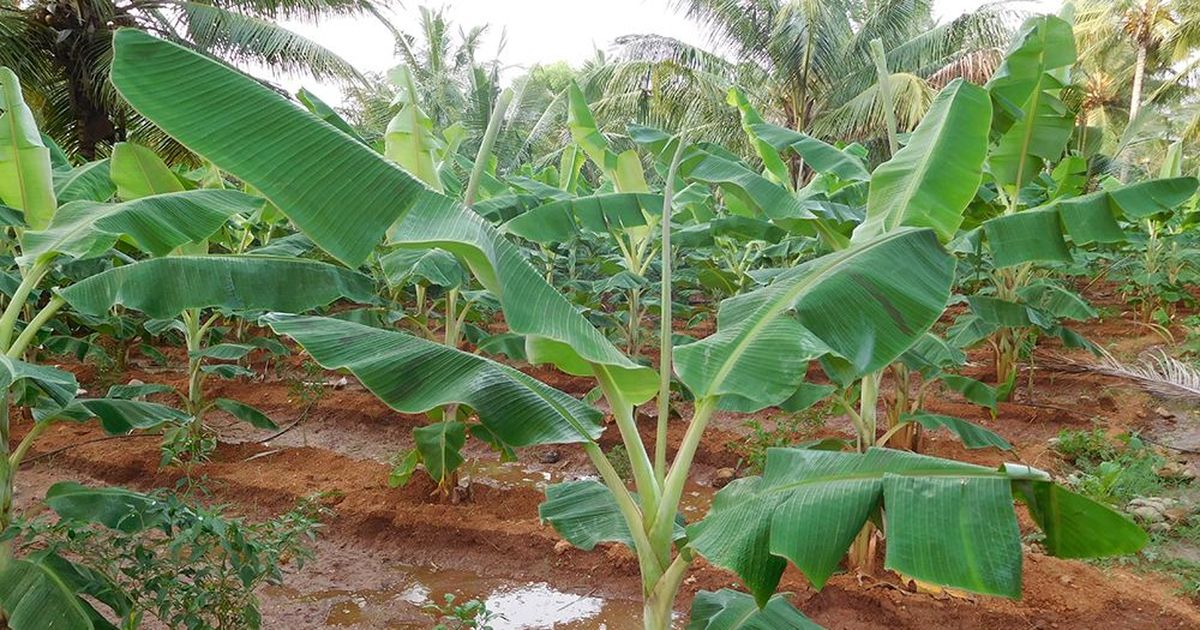Farmers can multiply clean banana planting material from existing plants in their farms instead of buying to save on production costs.
According to the Kenya Agricultural and Livestock Research Organization, the cost of one banana seedling is Sh100 for Giant Cavendish variety, Grand Nain, Mbogoya, Uganda green and Aloe Vera while Vanilla costs Sh200 per seedling.
Giant Cavendish, Grand Nain and Mbogoya are used for ripening while Uganda green is cooked, Aloe Vera is used for cosmetics and Vanilla acts as a spice.
Banana is one of the staple foods in Kenya besides maize; however, its production has been declining due to poor management practices and lack of clean planting materials.
Banana yields dropped from 1.8m metric tonnes in 2016 to 742,000 metric tonnes in 2017 according to the 2018 Economic Survey Report releases by the Kenya National Bureau of Statistics last year.
Farmers can increase yields therefore by planting clean disease free material from healthy selected plants in their farms.
Related content
Scientist finds solution to deadly banana disease through genetic orientation
Green banana and broccoli market opens up for Kenyan farmers in South Korea
Online platform links banana, potato and maize farmers to markets
As for the sword sucker, select a healthy plant (30 to 100cm or one to three feet high with narrow leaves. For the maiden sucker, select a healthy plant of about 1.5m for taller varieties and one meter for high for medium varieties.
Remove all the roots and cut off parts showing any signs of disease or insect damage from the selected suckers’ e.g. pale or yellow leaves.
Treat the suckers by heating water to 55 degrees Celsius and then dip the suckers in it for 20 minutes.
Fill quarter drum containers with clean sawdust and sprinkle water on them and place the suckers in the middle to ensure the dust cover the corm (rhizome). After six days, suckers will grow from the rhizome.
Prepare a nursery bed and apply compost manure. Apply mulch with dry grass to keep the soil moist then cut off the suckers and plant in the nursery. Water the suckers twice during the first week and once a day for the next two weeks to allow root growth.
Transplant the suckers to the field after four to six months. At planting, space the plants nine feet by nine feet on holes measuring three feet by three feet. Separate the sub soil from the soil and mix two wheelbarrows’ of farm yard manure per hole, 200g of DAP or TSP and nematicide (Mocap or bionematon) to control nematodes in the bananas.
Put the mixture back in the hole up to two feet. Cut the plastic bag or drum holding the seedling ensuring that the root plug does not break. Plant the seedling firmly in the moisture and pour 40 liters of water at planting.
Once grown, pour 20 liters of water in a week. To prevent weeds, apply mulch by placing dry grass six inches away from the plant or intercropping with leguminous crops such as beans.

















Comments powered by CComment